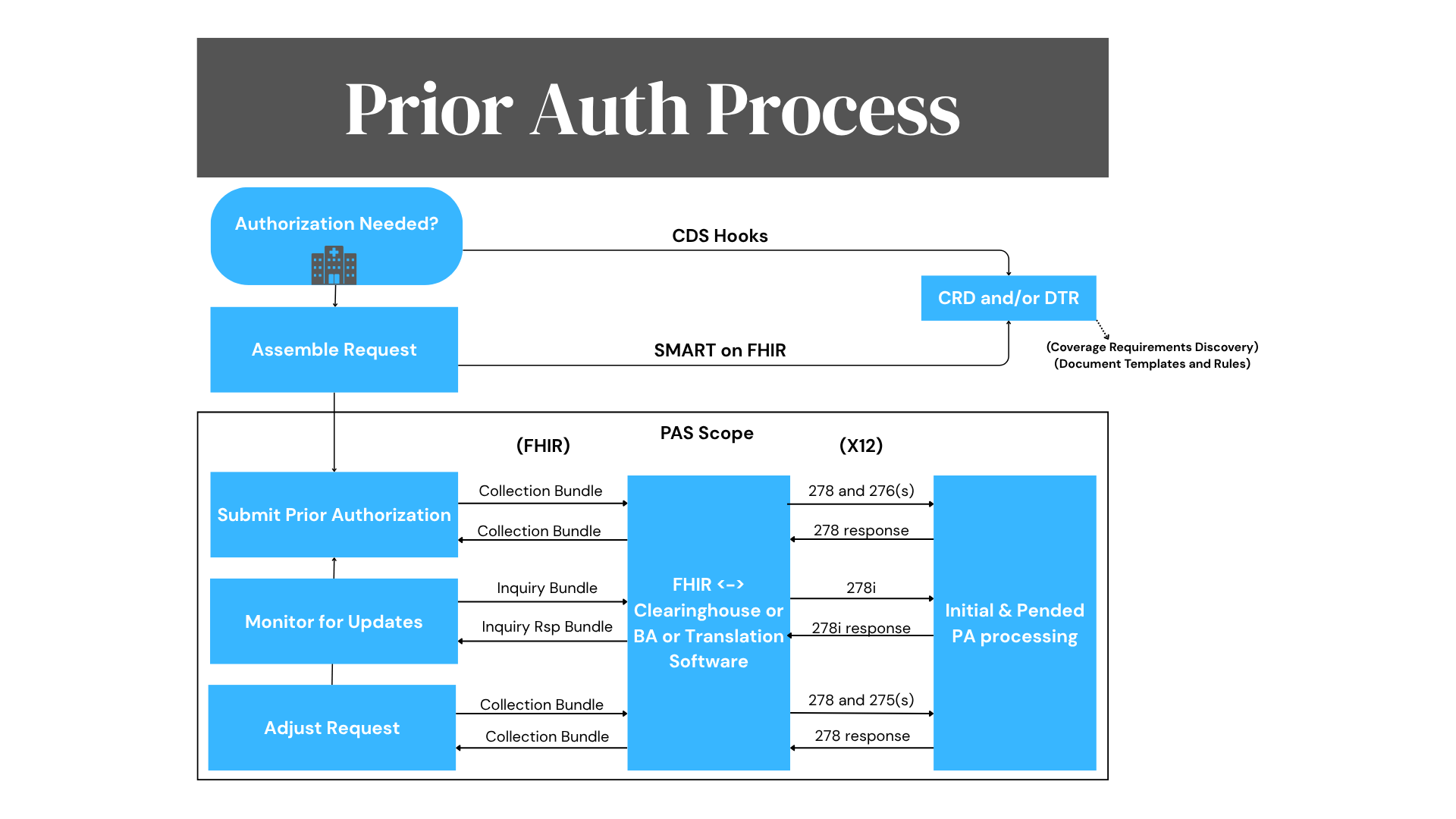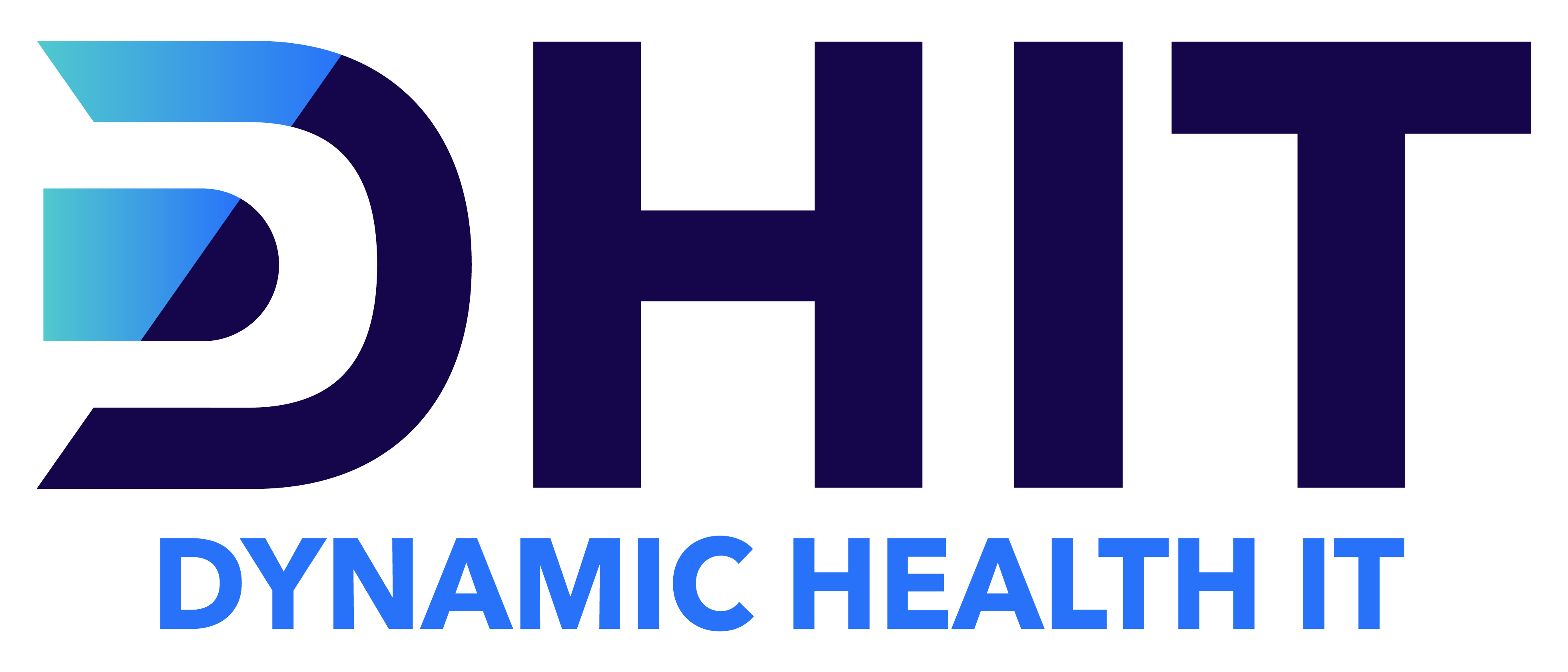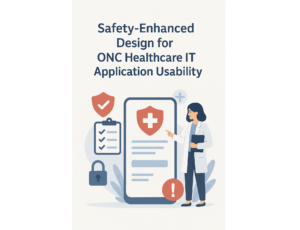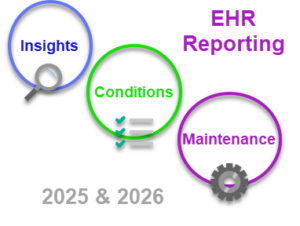Well, it’s August and the final rules are coming hot and heavy from CMS and ASTP (still known to most as ONC). Many are still working on HTI-1 compliance and may be wondering “What about HTI-2 and HTI-3”? While HTI-1 had wide-ranging impacts for most health information technology vendors, HTI-2, also known as the “Trusted Exchange Framework and Common Agreement (TEFCA)” final rule, focused on advancing interoperability and improving the access, exchange, and use of electronic health information. HTI-3 was even more narrowly-focused, establishing a new exception to the “information blocking” prohibition within the 21st Century Cures Act.
Like HTI-1, HTI-4 will have a major impact on health information technology vendors through updates to the ONC Health IT Certification Program, so let’s explore the HTI-4 Final Rule. It has three major components:
ePrescribing
HTI-4 updates the 170.315(b)(3) certification criterion, which provides a framework for certified health IT to exchange prescription information between prescribers, pharmacies, intermediaries and payers. In doing so, it incorporates a newer version of the NCPDP SCRIPT standard: 2023011. In conjunction, ONC has adopted the December 4, 2023 version of RxNorm. There is a December 31, 2027 cutoff for EHR vendors certifying to 170.315(b)(3) to adopt the new standards.
Real-Time Prescription Benefit Checks
170.315(b)(4), which used to be “Common Clinical Data Set summary record – create” has now been repurposed for “real-time prescription benefit” certification. The aim is to enable providers to see patient-specific drug costs and coverage information at the point of prescribing. Presumably, this information would also be communicated to patients, facilitating educated consumer choices.
This criterion is based on the NCPDP Real-Time Prescription Benefit standard version 13. Base EHR certification of this new “real-time prescription benefit” criterion will be required beginning on January 1, 2028 for any Health IT Module certified for the 170.315(b)(3) Electronic prescribing criterion.
Electronic Prior Authorization

HTI-4 capitalizes on the work by the Da Vinci Project and codifies some of their specifications in expanded requirements under the 170.315(b)(3) Electronic prescribing criterion. Prior to HTI-4, there were optional components of 170.315(b)(3) that covered some of the same ground as the new Electronic Prior Authorization requirements but, surprise, surprise! ONC discovered that “very few developers have elected to certify to the optional transactions”. So here are the new criteria and associated requirements:
These go hand-in-hand with CMS requirements for payers issued in 2024, and ONC will require them starting in 2027. Not only that, but CMS plans to introduce a MIPS measure for Prior Authorization in 2027.
Modular Certification for CDS Hooks
HHS also adopted two additional health IT certification criteria for API functionality, both referenced in the criteria for electronic prior authorization included in HTI-4:
- Clinical Decision Support Triggering 170.315(j)(20)
A new criterion for workflow triggers for decision support interventions for clients will enable clinical decision support tasks through an API, allowing decision support results to integrate into a provider’s EHR workflow. This leverages CDS Hooks Release 2.0. The EHR module serves as a “CDS Client,” that triggers decision support apps from within a clinician’s workflow. - Subscriptions – Data Notifications 170.315(j)(21)
A “subscriptions” criterion will allow a user or system to be notified by a server when a particular event or data update occurs. ONC anticipates extensive use of this capability in public health reporting.
Burden Reduction
Collectively, these HTI-4 mandates leverage the HL7 FHIR standard to significantly reduce administrative overhead for both healthcare providers and payers. By streamlining communication, they reduce manual processes such as phone calls and faxing of documentation. Electronic prior authorization requests and responses could enable faster access to patient care because of expedited decision-making.
Your Strategic Partner
Dynamic Health IT has been heavily involved with FHIR for more than 10 years: advising clients, developing our FHIR API, and participating in ConnectaThons and Implementation-a-Thons. We are eager to share our FHIR expertise and meet your needs with our FHIR-enabled applications.




